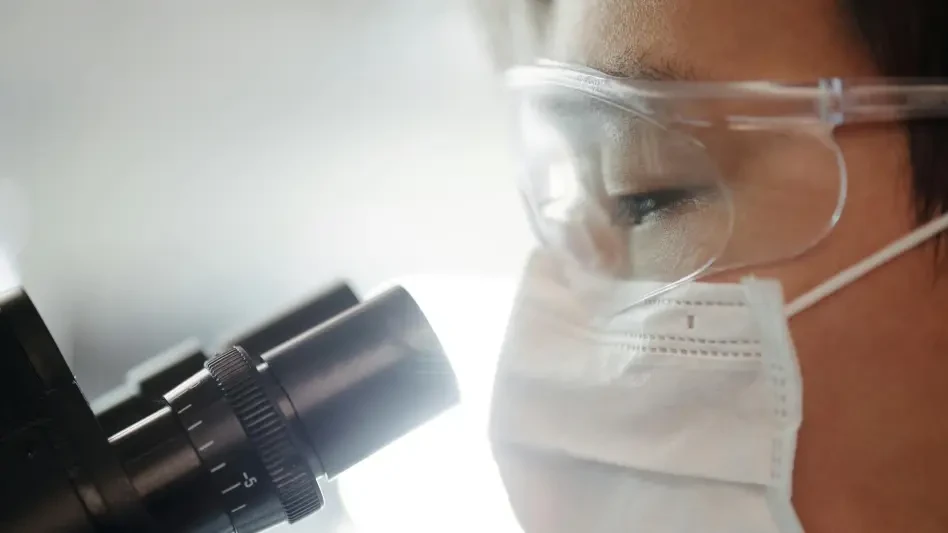In the rapidly evolving field of healthcare technology and artificial intelligence, Faisal Zain stands out as a prominent figure, known for his innovative contributions to medical device manufacturing. His insights into AI’s integration in healthcare shed light on the transformative potential of these technologies in diagnostics and treatment. In this interview, we explore how AI advancements, like those in Aidoc, are streamlining processes for radiologists and improving patient care.
What inspired you to start Aidoc in 2016?
The vision behind Aidoc was to address the critical need for efficiency in radiology, especially given the mounting pressure on healthcare facilities to handle burgeoning patient loads. The goal was to leverage AI technology to streamline radiologists’ workflows, ensuring swift and accurate identification of critical findings in medical imaging.
Can you explain how Aidoc’s AI technology works to improve radiologists’ workflows?
Aidoc’s AI technology is designed to assist radiologists by continuously monitoring patient data from various sources such as imaging and electronic health records. The AI identifies critical indicators in medical scans, alerting the healthcare team promptly, thereby streamlining workflow efficiency and ensuring critical findings are acted upon without delay.
With the growing radiologist shortage, how does Aidoc help alleviate the pressure on hospitals?
Aidoc alleviates pressures by automating the detection and notification processes, allowing radiologists to focus more on patient care rather than administrative tasks. This automation helps manage higher patient volumes effectively, reduces waiting times, and ultimately enhances the quality of care provided.
In what ways does Aidoc improve patient flow and reduce delays in emergency departments?
By orchestrating the steps that follow diagnoses, Aidoc facilitates faster and more coordinated care. This means engaging the right teams swiftly and tracking progress in real-time. Such capabilities improve patient flow, reduce treatment delays, and ensure a more efficient emergency department operation.
How does Aidoc’s platform integrate data from imaging, EHRS, and other sources to support clinical decision-making?
Aidoc aggregates data from multiple sources, creating a comprehensive view that supports decision-making across the clinical workflow. This integration provides a robust framework for identifying and acting on critical clinical indicators, facilitating better-informed decisions and more comprehensive patient care.
Can you detail the types of critical indicators Aidoc’s AI looks for, such as those for stroke or pulmonary embolism?
Aidoc’s AI is trained to detect a range of critical indicators including but not limited to stroke, pulmonary embolism, lesions, and fractures. When these indicators are identified, the system ensures that the information is relayed quickly to the necessary specialists, initiating appropriate and timely interventions.
How does Aidoc initiate communication with specialists once a critical indicator is found?
Once a critical finding is detected, Aidoc automatically alerts the relevant care team members, ensuring that specialists are notified in real-time. This rapid communication is crucial for mobilizing immediate medical interventions and optimizing patient outcomes.
What sets Aidoc apart from other clinical AI companies within the radiology space?
Aidoc stands out due to its sophisticated platform which seamlessly integrates imaging AI, EHR data, and lab results with real-time workflow orchestration. This systemwide architecture allows it to address the entire continuum of care, making it a comprehensive solution beyond mere diagnostics.
Could you elaborate on how Aidoc’s technology supports the entire clinical workflow, from imaging to follow-up care?
Aidoc’s platform provides a cohesive intelligence layer that spans the entire clinical workflow. This setup ensures that from the initial imaging stage through to follow-up care, there is a unified approach to patient management, enhancing care quality and consistency.
What measurable benefits have health systems experienced by using Aidoc’s platform?
Health systems have reported significant benefits such as reduced time-to-treatment, shorter hospital stays, improved throughput, and a higher diagnostic yield. By reducing inefficiencies, Aidoc’s platform contributes to both better patient outcomes and operational improvements for healthcare facilities.
Why did General Catalyst, Square Peg, and four health systems decide to invest in Aidoc?
Investors and health systems are likely drawn to Aidoc due to its proven impact on patient care and workflow efficiencies, alongside its innovative use of AI in a critical field. The startup’s ability to attract significant investment is a testament to its potential and success in transforming healthcare delivery.
Could you share any feedback or results from the over 150 health systems currently using your platform?
Feedback from users has been overwhelmingly positive, with systems reporting enhanced diagnostic capabilities and more efficient patient management. The platform’s ability to integrate seamlessly into existing workflows has been a significant factor in its widespread adoption and success.
What are the future plans for Aidoc with the recent $150 million investment round?
The recent funding is aimed at expanding the platform’s capabilities, possibly exploring new clinical domains and broadening its integration scope. Investing in further AI development and enhancing real-time data processing capabilities will likely be focal points in Aidoc’s growth strategy.
How do you ensure the accuracy and reliability of Aidoc’s AI model across different healthcare settings?
Aidoc employs rigorous validation processes and continuously refines its AI models to ensure they remain accurate and reliable. This includes adapting the models to various healthcare settings, enhancing their robustness, and ensuring consistent performance across different environments.
How do you envision Aidoc evolving in the next five years within the healthcare industry?
In the next five years, I anticipate Aidoc will continue to expand its role in healthcare, further integrating its technology into more aspects of the clinical workflow. By enhancing predictive analytics and expanding into new areas of medical expertise, Aidoc could profoundly impact patient care and healthcare efficiency on a global scale.









